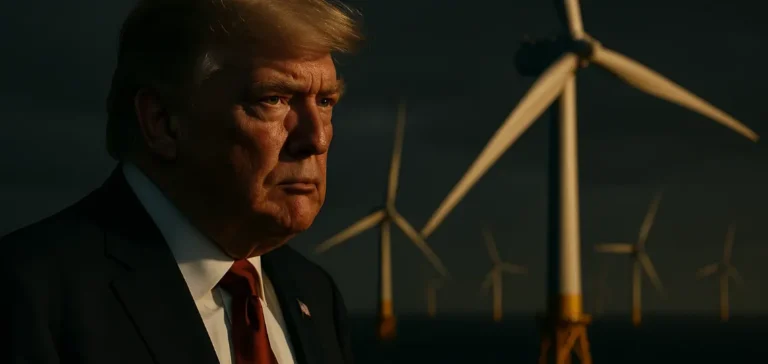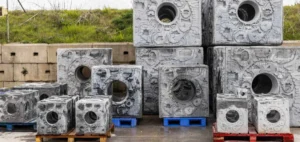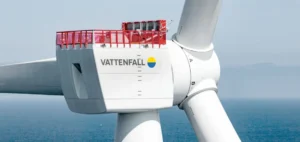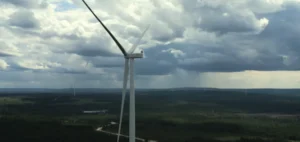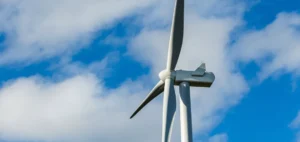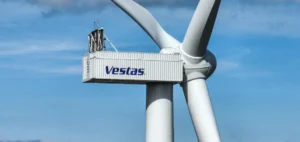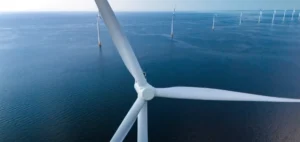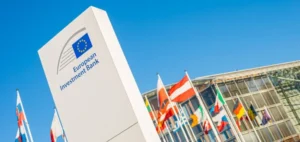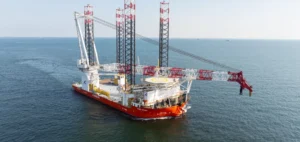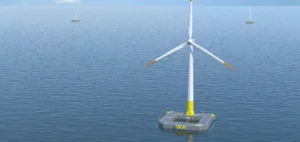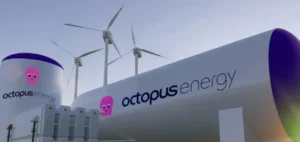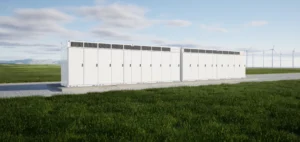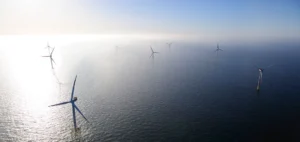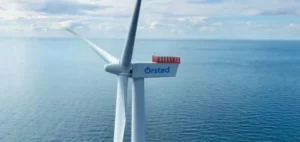The United States government has ordered the immediate suspension of construction on the offshore wind project Revolution Wind, located off the northeast coast. The infrastructure, developed by Danish company Ørsted, was expected to supply electricity to around 350,000 households in the state of Rhode Island. So far, 45 of the 65 planned turbines have been installed, representing roughly 80% completion of the site.
The Bureau of Ocean Energy Management (BOEM), the authority overseeing marine energy resources, issued a directive requiring the suspension of all operations on the site. The freeze is intended to allow a review of the project, citing concerns related to national security, without further details on the specific risks identified.
Stricter regulatory framework and political statements
Since his re-election, President Donald Trump has intensified restrictions on wind-related projects. In January, several executive orders suspended the issuance of new permits and access to federal funding, affecting both offshore and onshore projects. The administration justified these decisions as a means to protect landscapes, marine ecosystems, and strengthen national energy sovereignty.
These measures have already led to the suspension of another major project, Empire Wind, led by Norwegian group Equinor off the coast of New York. The temporary halt of these projects reflects a significant shift in U.S. energy strategy, placing pressure on major players in the sector.
Economic impact and corporate response
To cope with the financial consequences of the suspension of its U.S. projects, Ørsted announced a capital increase of 60 billion Danish kroner (equivalent to 9.4 billion dollars) through a securities issuance. This operation aims to strengthen its capacity to absorb the costs of the suspension and to explore possible legal remedies.
The company stated that it was “evaluating all options” to resolve the situation while maintaining its goal of completing the wind farm by the end of next year. However, without a swift decision from U.S. authorities, the commissioning schedule remains uncertain.
Sector repercussions and international position
The suspension of Revolution Wind could set a precedent for other projects underway in the United States, affecting investor confidence in the offshore wind market. It comes amid growing geopolitical rivalries and a prioritization of national energy security over previous renewable energy commitments.
The offshore wind sector, although strongly developed by European groups such as Ørsted and Equinor, remains dependent on local political decisions. The current position of the U.S. administration reshapes development prospects, particularly for projects in pre-construction or financing negotiation stages.


